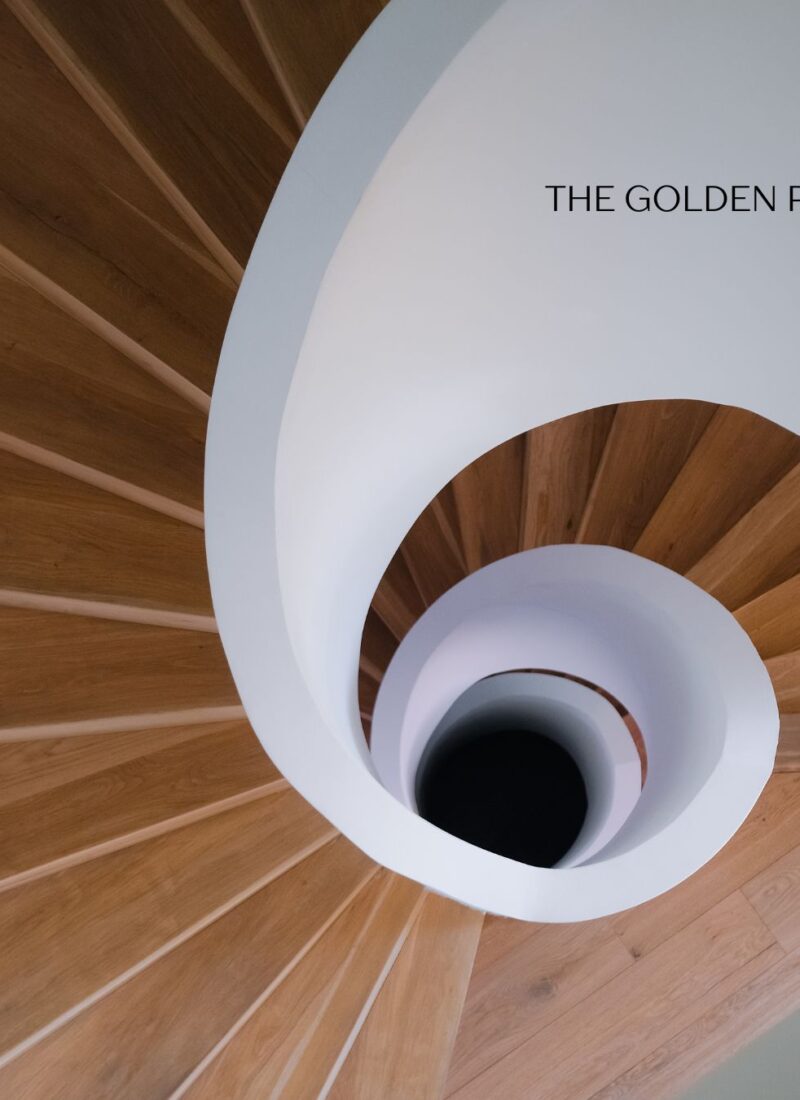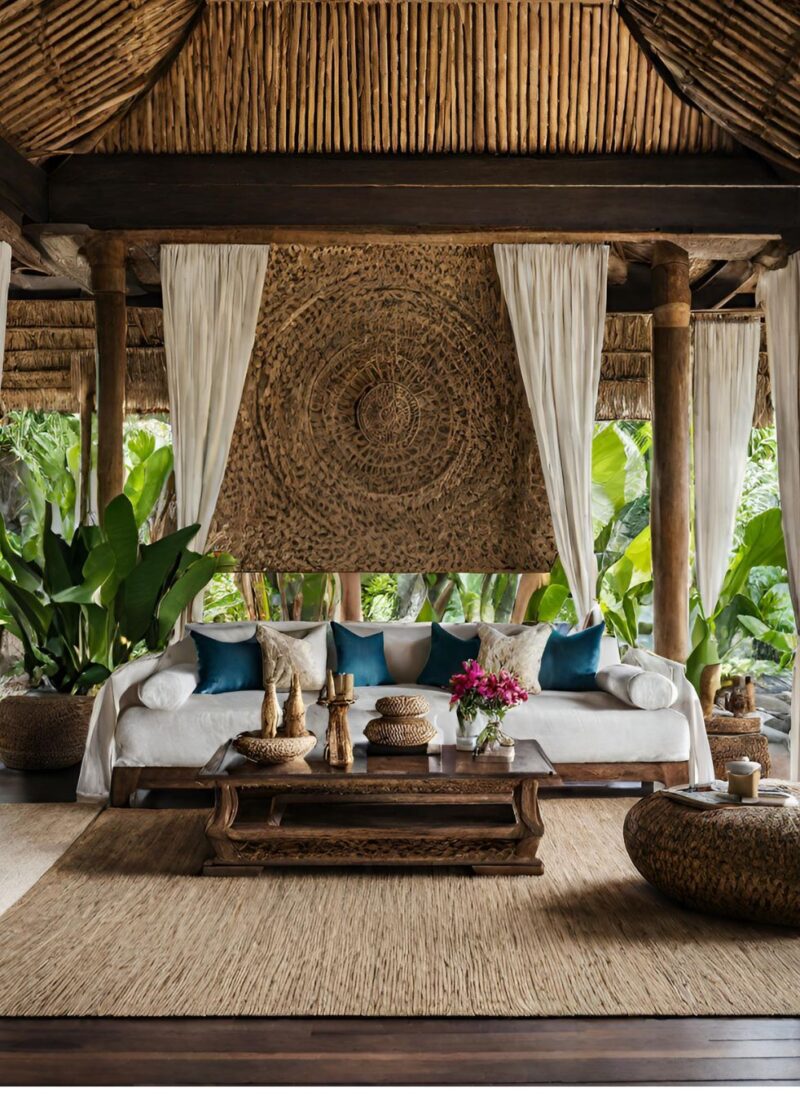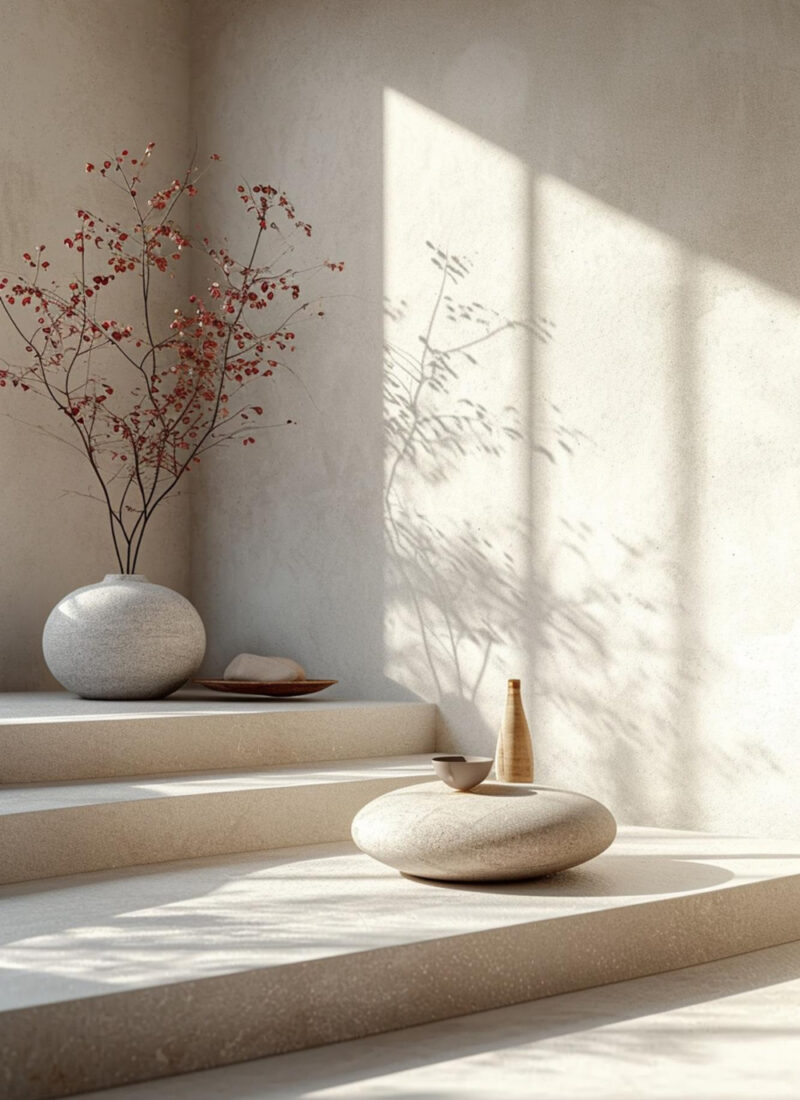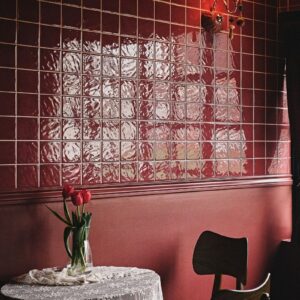If there is one country with a diverse culture and vibe, that would be India. Its culture is as multifarious as its Holi festival, full of colors and symbolism. You can do many things to create a distinctive Indian charm in your home. However, this can be daunting, considering the Indian style interior design is a broad topic. If you want to decorate your home the Indian style, then you have come to the right place.
Indian interior design, an intricate tapestry of colors, patterns, and traditional elements, has been capturing hearts globally. This article delves into the realm of Indian interiors, exploring its essence and providing valuable insights for anyone interested in embracing this vibrant and diverse style. Whether you’re an interior designer, a decor enthusiast, or someone curious about Indian aesthetics, this guide offers a comprehensive understanding of Indian interior design in 2023.
What Is Indian Style Interior Design
Traditional Indian style interior design is regal and sophisticated. The traditional Indian style bears symmetry and balance as with other traditional design concepts. This is one of the reasons why this design aesthetics gives a homey feeling of warmth and coziness. Exotic as it may seem, this interior design is also a curiosity for the eye yet gives out a stylish vibe.
Similar to its culture, the Indian style interior design also reflects diversity. Though some interior design styles are also rooted in spirituality, the Indian traditional style of interior design takes this a notch higher- it does not only take religious elements into the design. It brings religion into the layout by installing the pooja, small pockets of space allocated to honor deities.
The Role of a Professional Interior Designer in Indian Decor
A professional interior designer brings expertise in blending traditional elements with modern sensibilities. In Indian decor, this is crucial as it involves understanding the balance between vibrant colours, Indian craftsmanship, and contemporary design principles.
Mumbai’s Influence on Indian Interior Trends
Mumbai, a melting pot of cultures, significantly influences Indian interior design. The city’s cosmopolitan nature is reflected in its interiors, where traditional Indian elements are seamlessly integrated with modern and urban designs.
Essajees Atelier: A Case Study in Traditional Indian Elegance
Essajees Atelier in Mumbai is a prime example of traditional elegance in Indian interior design. Their work showcases how classic elements like teak wood, hand-woven textiles, and artisanal crafts can create timeless interiors.
Indian Home Decor in 2023: What’s New?
In 2023, Indian interior design is seeing a blend of sustainability with tradition. There is an increased emphasis on eco-friendly materials and designs that reflect a modern, environmentally conscious lifestyle.
Recent Post: What Is Modern Chinese Interior Design
Elements of Indian Style Interior Design
Sense of Spirituality
Pooja, or home temples, are deeply engraved in the Indian culture. This sacred space is where Hindus perform rituals in honor of a god, a guest, celebrate an important festival, or honor the life of a departed one, among others.
Photo by Benedetta Marchi on Unsplash
Vibrant Colors
Indian style interior design would not be complete without mentioning bold color palettes. These colors represent the richness of culture and ebullient character the Indian people. Rich and vibrantly hued colors placed against an equally bold background, like bold red prints against a rich gold background, are a hallmark trademark for the Indian style home decor.
Photo by Yogesh Pedamkar on Unsplash
Aside from these color combinations, you’d find yellows and pinks are used for larger home decor and furniture pieces, while blue and green are often used for pillows and other accent pieces. Additionally, interior design for living room Indian style uses ochre and burnt oranges as wall and floor paintings. It’s also very common to find earthy tones alongside saturated shades of fuchsia and purple. However, in more contemporary Indian homes, you can find metallic elements such as mirrored mosaics and sequins that add glamour to an already exquisite color palette.
Wood
Wood is the main material used for Indian furniture pieces. Usually, you will find carved pieces made of solid wood and engraved with Hindu, Jain or Buddhist design elements. Red cedar, teka and ebony are a few wood types used in wood carvings for this interior design style.
Photo by Max Vakhtbovych
You can easily identify this Indian furniture because of its ornate designs and inlay work. The themes include animals found in the Indian Archipelago, such as lions, elephants, and the likes.
Handwoven Fabrics
India is known for its intricate handwoven fabrics. You can see them on cushions, throw pillows, bedspreads, and draperies. These fabrics can also be used to drape cushions and side tables. Ikat and silk are often used as centerpieces, while khadi for upholstery for chairs. Patterns for these fabrics are inspired by flora and fauna in India. Flowers, peacock feathers and the paisley are the common elements of such handwoven fabrics.
Flooring
It’s typical to see marble as flooring in a traditional south Indian house interior because of the weather. Marble keeps Indian homes cool during summer. Other materials used for flooring include granite and tiles.
Photo by julie aagaard
Traditional Motifs
Inspiration for a living room decoration in Indian style comes from native Indian flora. Flowers such as marigold and jasmine are extensively used to decorate carpets, wall murals, and wood carvings. The designs are often realistic.
Geometric Patterns
Geometric designs are also prevalent in Indian decor. You can find chevron, arabesques, diamond patterns, and overlapping basic shapes that seem to create hypnotic visions. These patterns can be found woven in rugs or printed on tiles.
Paisley
Otherwise known as the boteh motif, paisleys have a droplike shape that curves to one side. Used to be printed on Kashmir shawls, the paisley print nowadays can be found in almost all types of decor, from exotic wallpaper down to fabrics used in upholstery.
The Power of Storytelling
Traditional storytelling can be found in books or spoken like that poems. The beauty of Indian traditional style interior design incorporates stories from India’s myths and legends into the decor. Motifs have become a medium for storytelling for the Indian style of interior design. What makes it more interesting is how it depicts a simple story with magical characters, sparking the curiosity and creativity of those viewing it. You can find murals and larger artworks with such themes in this kind of interior design style.
Indian Style Interior Design Tips
-
- Add a statue of Ganesha at the entrance. The Hindu god Ganesha is the god of prosperity and order. Make sure that the lord Ganesha is framed in an Indian arch.
-
- Instead of creating a wholly opulent room, just add hints of color that pop out. Include some exotic artwork to serve as your pièce de résistance.
- Indian decor is full of striking lines and patterns that exude an exotic vibe to the room. Add a few pieces here and there to your Indian-style bedroom so it can have an extraordinary aura.
Photo by Veronika Hradilová on Unsplash
- Add statement brass lamps that don’t only work as a decor piece but also as functional lighting fixtures. You can add a brass uruli and fill them with flowers. Place this in your foyer to purify the living room as your guests enter.
- Claypots are also a must, especially as add-on elements to your kitchen.
- Your pooja should attract positive energy so you need to place them in the north, east, or north-east directions. Never place them under the staircase or beside the bathroom, as these areas attract negative energies. Additionally, place them on the ground level and never in the basement or the second floor of your home. Should you want to place a picture, bust or sculpture, make sure these are small enough not to disrupt the natural flow of good energy in the puja. A light-colored palette is a preferred choice for the walls and flooring. The door should be made of wood with two shutters to keep the bugs away.
- It’s better to use complementary colors to accentuate your home. Nowadays, the Indian style decor uses two or three complementary colors to decorate a room. For example, you can pair a pink carpet with a lampshade with a base of the same color. You can add throw pillows with pink and purple prints to avoid a monotonous room. Gone are the days when you have an overload of hues and tones. Still, you are free to try. Additionally, you should avoid using contrasting colors. For example, pairing a yellow throw pillow with a pink sofa. Always tone down bright colors with neutrals such as white, beige, cream, and grey.
- Add decorative cabinets to design your living room Indian style. These should be able to hold small accent pieces like books, candles, photographs, and small handicrafts. One fine example is placing metallic items on cabinets. You can include statues made of brass or pots made of copper. If you can’t have a large cabinet in your living room, place a large mirror with a dark wood frame to recreate a similar effect.
- Add traditional elements such as bells, embroidered rugs, candles, and idols to your design. Add some large paintings of Indian gods and goddesses. Make sure you place them where everybody can see it, making it the focal point of your room.
- Add carved wall panels with gold inlay and borders. These should act as your accent wall. Or adorn your wall opening or windows with moldings made of dark wood. Another way to create an accent piece is to add a painting on one side of the wall in tribal art that features Warli painting.
- Have an informal for small, intimate family gatherings. The Indian style house interior design was conceptualized around family gatherings where people can have relaxed conversations. As such, you need the essentials for these. To create this space, you need different kinds of seating like sofas, diwan lounge chairs, and footstools. Ensure you have floor cushions and carpets to add comfort to the room. Add a traditional wooden jhoola or swing as a nod to South Indian traditional decor.
- Fill up your space with various Indian curios. You can include artifacts you might have scoured all over India. Choose leather puppets and large decorative boxes made of sandalwood, although you can also have them in smaller sizes. Metallic accents should not be forgotten. Add brass lamps and pots to the mix.
To End
Indian style interior design is one design aesthetic that never goes out of style. Rich in color and close to spirituality, designing your living space in this design style creates a more comfortable space. Do you think this style is for you? Share your thoughts with us!




